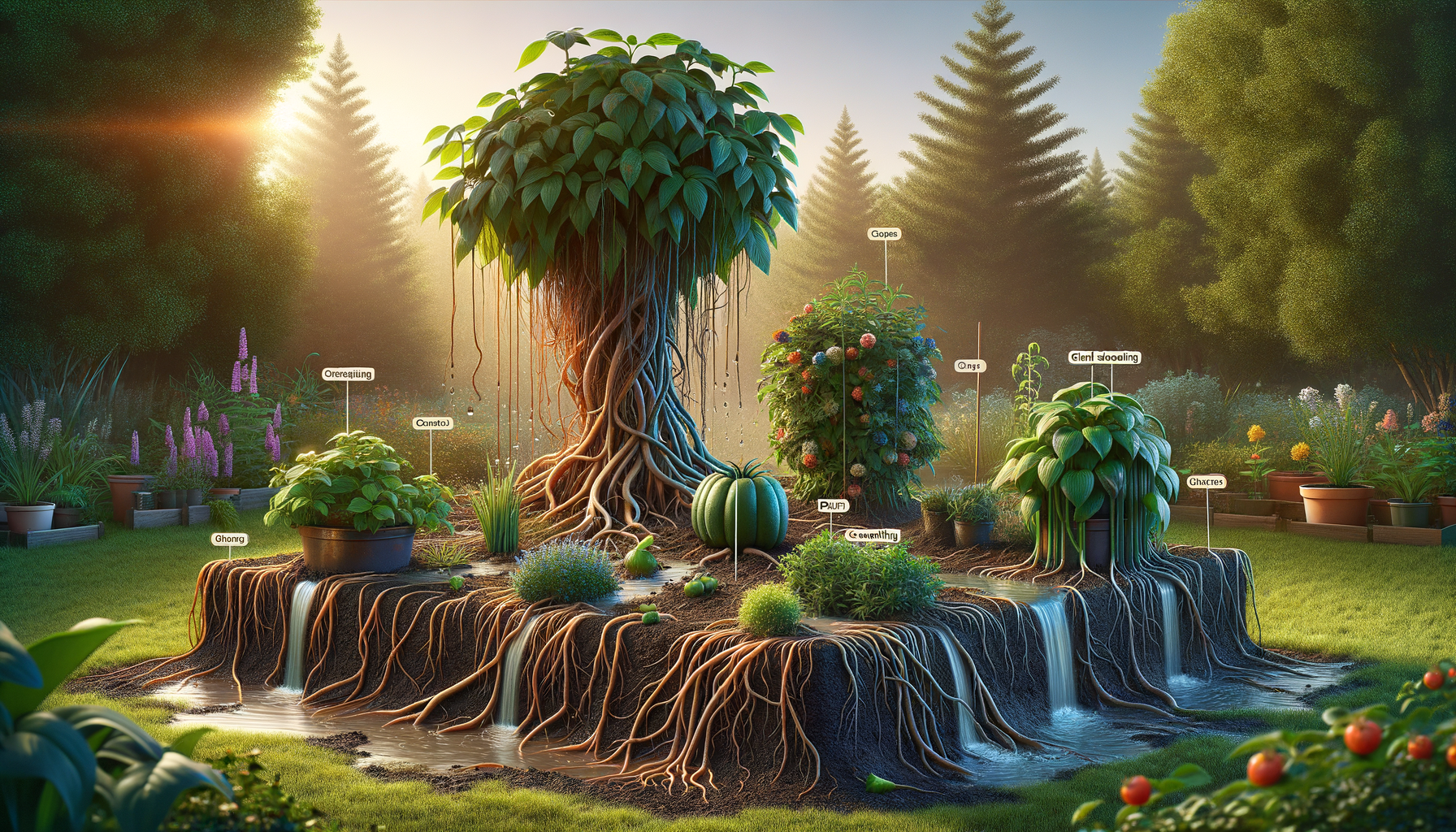Avoid These 5 Common Garden Fails: From Overwatering to Plant Crowding
Learn how to steer clear of the most frequent gardening mistakes that sabotage your green space. These simple fixes will help your plants thrive.

Introduction to Common Gardening Mistakes
Gardening is a rewarding hobby that not only beautifies your surroundings but also provides a sense of accomplishment. However, even the most enthusiastic gardeners can fall prey to common mistakes that hinder plant growth and garden health. Understanding these pitfalls is crucial to cultivating a thriving garden. In this article, we will explore five frequent gardening errors and provide practical solutions to help you avoid them.
The Perils of Overwatering
Overwatering is one of the most prevalent mistakes in gardening, often stemming from the misconception that more water equates to healthier plants. In reality, excessive watering can lead to root rot, nutrient leaching, and fungal diseases. To avoid this, it is essential to understand the specific water needs of your plants. Consider the following tips:
- Check soil moisture before watering. If the top inch of soil is dry, it’s time to water.
- Use well-draining soil to prevent water accumulation around roots.
- Water early in the morning to reduce evaporation and fungal growth.
By adjusting your watering habits, you can prevent overwatering and promote a healthier garden environment.
Avoiding Plant Crowding
Plant crowding occurs when too many plants compete for limited resources such as light, water, and nutrients. This can result in stunted growth and increased susceptibility to pests and diseases. To prevent plant crowding, consider these strategies:
- Plan your garden layout carefully, ensuring adequate space between plants.
- Research the mature size of plants to accommodate their growth.
- Regularly thin out seedlings to ensure proper spacing.
By giving plants enough room to grow, you can enhance air circulation and reduce the risk of disease, leading to a more robust garden.
The Importance of Soil Health
Healthy soil is the foundation of a successful garden. Unfortunately, many gardeners overlook the importance of soil quality, leading to poor plant performance. To improve soil health, consider the following practices:
- Incorporate organic matter, such as compost, to enrich soil nutrients.
- Test soil pH and adjust as necessary to suit your plants‘ needs.
- Rotate crops annually to prevent soil nutrient depletion.
By prioritizing soil health, you can create an environment conducive to plant growth and vitality.
Understanding the Role of Sunlight
Sunlight is a critical factor in plant growth, yet many gardeners fail to consider the specific light requirements of their plants. Insufficient or excessive sunlight can lead to weak, leggy plants or scorched foliage. To optimize sunlight exposure, follow these guidelines:
- Identify the sun exposure needs of each plant species.
- Position plants according to their light requirements, ensuring they receive the correct amount of sunlight each day.
- Consider the seasonal changes in sunlight and adjust plant locations accordingly.
By aligning your garden’s design with the sunlight needs of your plants, you can promote robust and healthy growth.
Conclusion: Cultivating a Thriving Garden
Avoiding common gardening mistakes is key to developing a lush and vibrant garden. By understanding the pitfalls of overwatering, plant crowding, soil health, and sunlight exposure, you can create an environment where your plants thrive. Remember, a successful garden is the result of careful planning, observation, and adaptation. Embrace these practices, and watch your garden flourish.